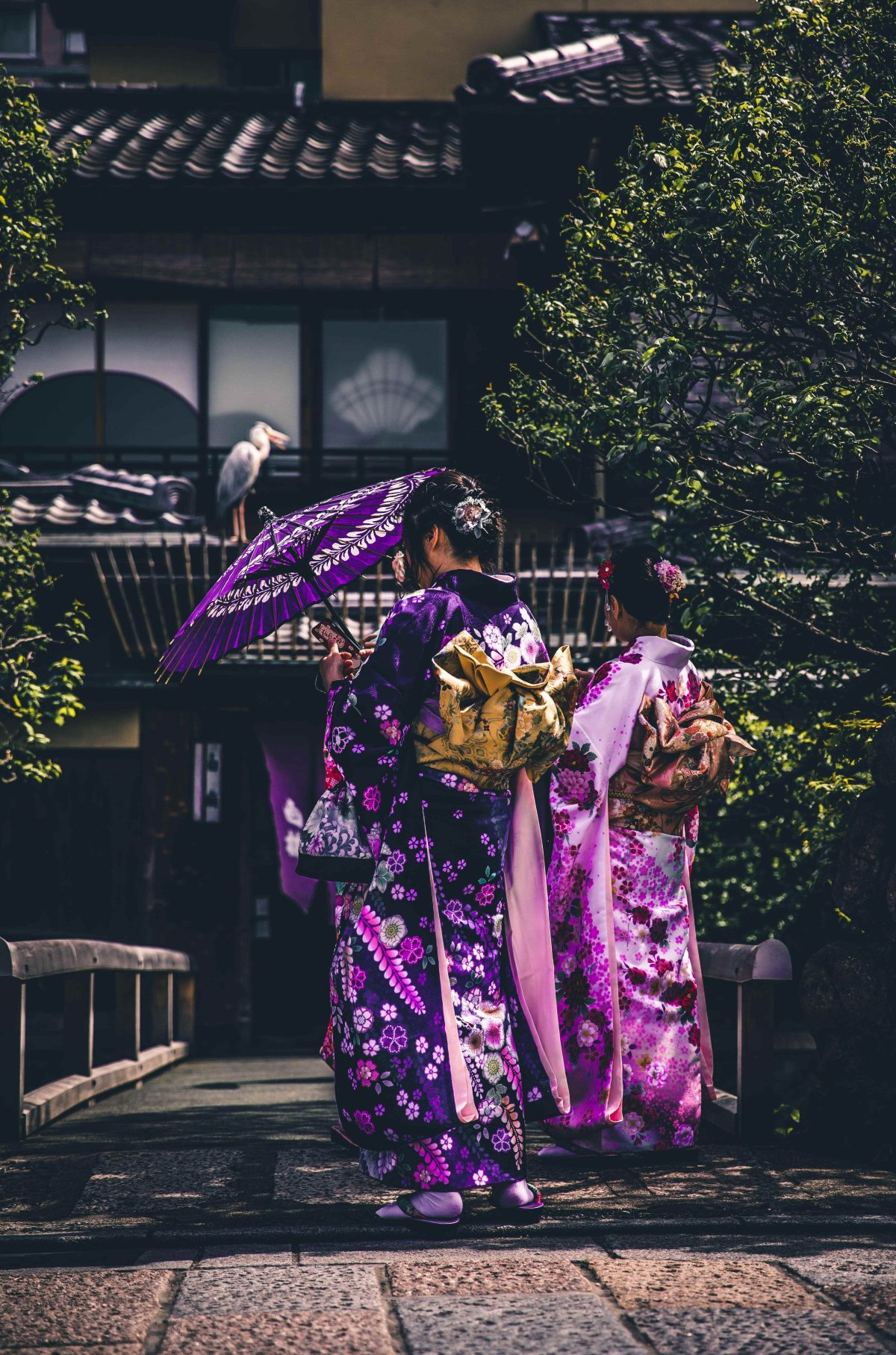Did you know that Finnish is one of the languages that has a “vowel harmony” system? This means that the vowels in a word must follow a specific pattern or “harmony”. If the first vowel in a word is a front vowel (like “e” or “i”), then the following vowels must also be front vowels. Similarly, if the first vowel in a word is a back vowel (like “a” or “o”), then the following vowels must also be back vowels.
This system is an important feature of this language, making it unique and distinctive, and it can also help learners of the language to recognize patterns in words and improve their pronunciation.





